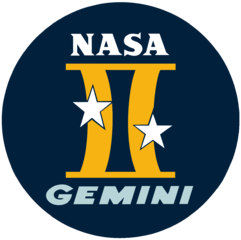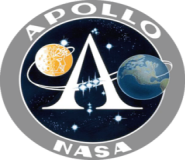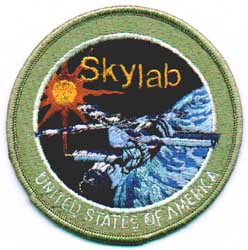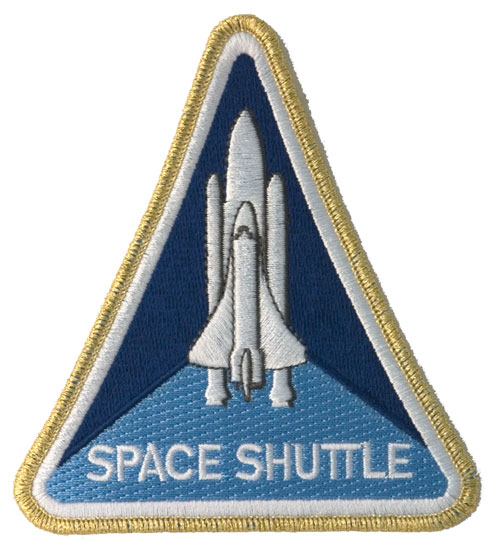
Project Mercury
Initiated in 1958, completed in 1963, Project Mercury was the United States' first man-in-space program. The objectives of the program, which made six manned flights from 1961 to 1963, were specific:
•To orbit a manned spacecraft around Earth;
•To investigate man's ability to function in space;
•To Recover both man and spacecraft safely.

Gemini Goals
The second U.S. manned space program
was announced in January 1962.
Its two-man crew gave it its name, Gemini, for the third
constellation of the
Zodiac and its twin stars, Castor and Pollux. Gemini
involved 12 flights,
including two unmanned flight tests of the equipment. Like
Mercury's, its major objectives were clear-cut:
•To
subject man and equipment to space flight up to two
weeks in duration.
•To rendezvous and dock with orbiting vehicles and to maneuver the docked combination by using the target vehicle's propulsion system;
•To perfect methods of entering the atmosphere and
landing at a preselected point on land. Its goals were
also met, with the exception of a land landing, which
was cancelled in 1964.

The Apollo program was designed to land humans on the Moon and bring them safely back to Earth. Six of the missions (Apollos 11, 12, 14, 15, 16, and 17) achieved this goal. Apollos 7 and 9 were Earth orbiting missions to test the Command and Lunar Modules, and did not return lunar data. Apollos 8 and 10 tested various components while orbiting the Moon, and returned photography of the lunar surface. Apollo 13 did not land on the Moon due to a malfunction, but also returned photographs. The six missions that landed on the Moon returned a wealth of scientific data and almost 400 kilograms of lunar samples. Experiments included soil mechanics, meteoroids, seismic, heat flow, lunar ranging, magnetic fields, and solar wind experiments.

America's first experimental space station. Designed for long duration mission, Skylab program objectives were twofold: To prove that humans could live and work in space for extended periods, and to expand our knowledge of solar astronomy well beyond Earth-based observations. Successful in all respects despite early mechanical difficulties, three three-man crews occupied the Skylab workshop for a total of 171 days, 13 hours. It was the site of nearly 300 scientific and technical experiments: medical experiments on humans' adaptability to zero gravity, solar observations, and detailed Earth resources experiments. The empty Skylab spacecraft returned to Earth July 11, 1979 scattering debris over the Indian Ocean and the sparsely settled region of Western Australia.

Since 1981, NASA space shuttles have been rocketing from the Florida coast into Earth orbit. The five orbiters — Columbia, Challenger, Discovery, Atlantis and Endeavour — have flown more than 130 times, carrying over 350 people into space and travelling more than half a billion miles, more than enough to reach Jupiter.
Designed to return to Earth and land like a giant glider, the shuttle was the world's first reusable space vehicle. More than all of that, though, the shuttle program expanded the limits of human achievement and broadened our understanding of our world.
